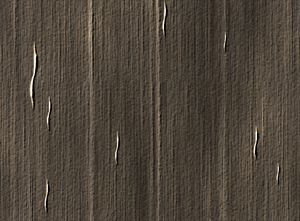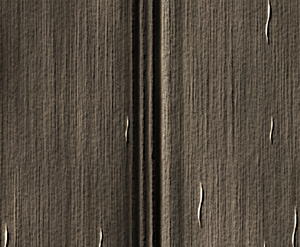The A Ring is the outermost section of Saturn's inner ring system, with a width of approximately 14,600 kilometres and an average thickness of 10 to 30 metres. It is bounded at its inner edge by the Cassini Division and B Ring, and at its outer edge by the Roche Division and F Ring.
There are two gaps within the A Ring. The larger of the two is the Encke Gap, 325 kilometres in width and around 2,500 kilometres deep, and within which is the walnut-shaped shepherd moon, Pan. The smaller is the Keeler Gap, 42 kilometres wide and only 250 kilometres deep, within which is the cigar-shaped shepherd moon Daphnis. Daphnis is briefly visible in the entry and exit cinematic, but is not currently a location the player can visit.
The A Ring is home to a major excavation industry that began with the asteroid impact of 2184, when a ringroid struck the then-in-construction Enceladus Prime. Geological analysis revealed an anomalous concentration of rare-earth metals within the rings, which would spark the First Enceladian Gold Rush and subsequent industrial developments.
The region the player can currently access is the first 2,500 kilometres before the Encke Gap. Vessels can sometimes be seen operating beyond this depth.
Propellers
As ringroids orbit within the ring environment, the forces they impose on other particles create a fine web of cascading particulates that collide and ricochet off one another. This careful dance is disturbed by large objects, however.
'Propeller' formations, simply referred to as propellers, are the colloquial term for the patterns of disturbance created by tiny moonlets within the A Ring.
The moonlets, with their significantly higher mass than other objects, gently draw ringroids towards them, disturbing their orbits around Saturn. As the particles collide with others, they create high-density regions that are stretched across the ring plane due to their relative orbital velocities, forming a distinctive shape similar to a two-bladed aircraft propeller.
Propellers are known to be especially rich in minerals and are ideal locations for mining.
Waves
Wave formations, also known as spiral density waves, are created by orbital resonance between Saturn's moons and moonlets. Gravitational forces acting over long distances draw particulates towards them, creating spiraling regions of high and low density that are visually distinguishable in high-resolution photographs.
As the moons responsible for these formations orbit, the forces they impart on any one area of the rings change continuously. Orbital resonance, then, is the regular interactions of these forces at predictable times as the moons align in their orbits. The regularity of the interactions is the reason why these structures are stable and consistent; over a long time, the effects average out, which maintains them and prevents them from breaking apart.


